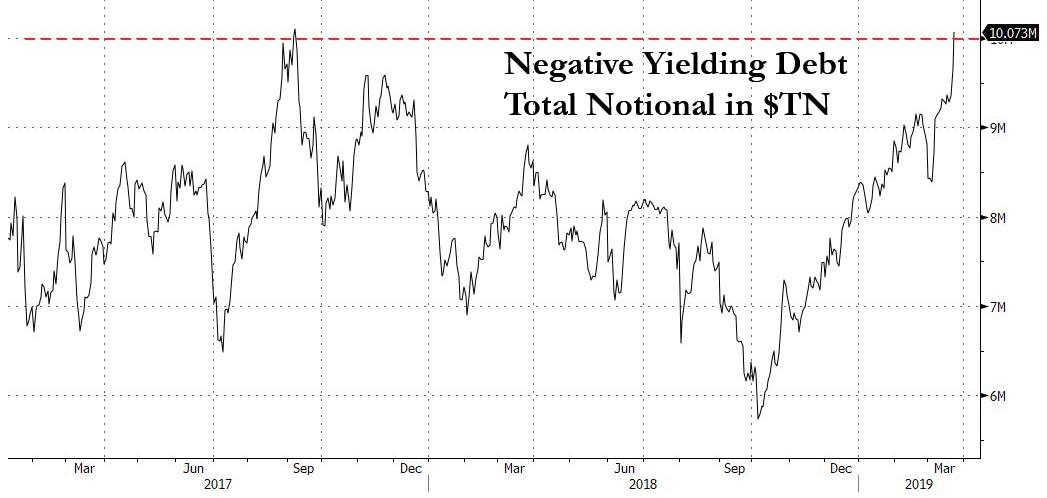Financial writer and professional trader Rick Ackerman says, “I think they have gone crazy.
Powell says no rate hikes in 2019, and then, this guy Harker (Philadelphia Fed) says maybe one rate hike in 2019 and one in 2020. They are nuts.
I talked about the $1 quadrillion derivatives bubble, and a hike is subjecting that to one more turn of the screw every time you hike another 25 basis points.
So, that’s crazy talk.” If the economy gets into trouble, can rate cuts save the day one more time? Ackerman says,
“The question now is do we get some sort of stimulus effect if we lower interest rates with stocks already on the moon and home prices that have recovered more than before the 2007/2008 crash?
We are stimulating, and we are in a completely different place. I think there is good reason for skepticism that the little bit of margin to bring rates down to zero can accomplish what it accomplished in the past.”
Ackerman also says there is a place for gold and silver coins in your portfolio, but he thinks cash will be most useful in the next crash where banks are closed and the electronic payment system goes dark.
- Source, USA Watchdog
